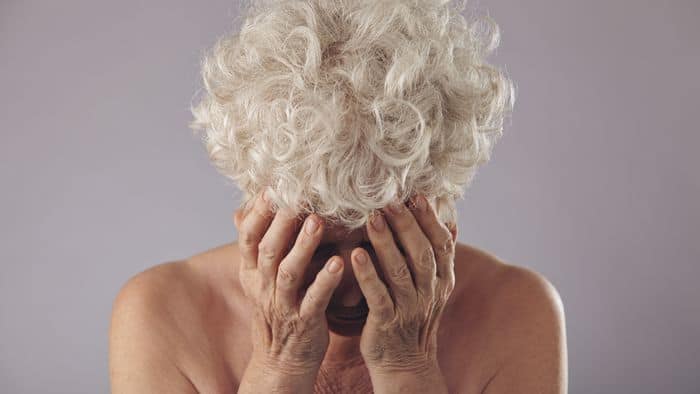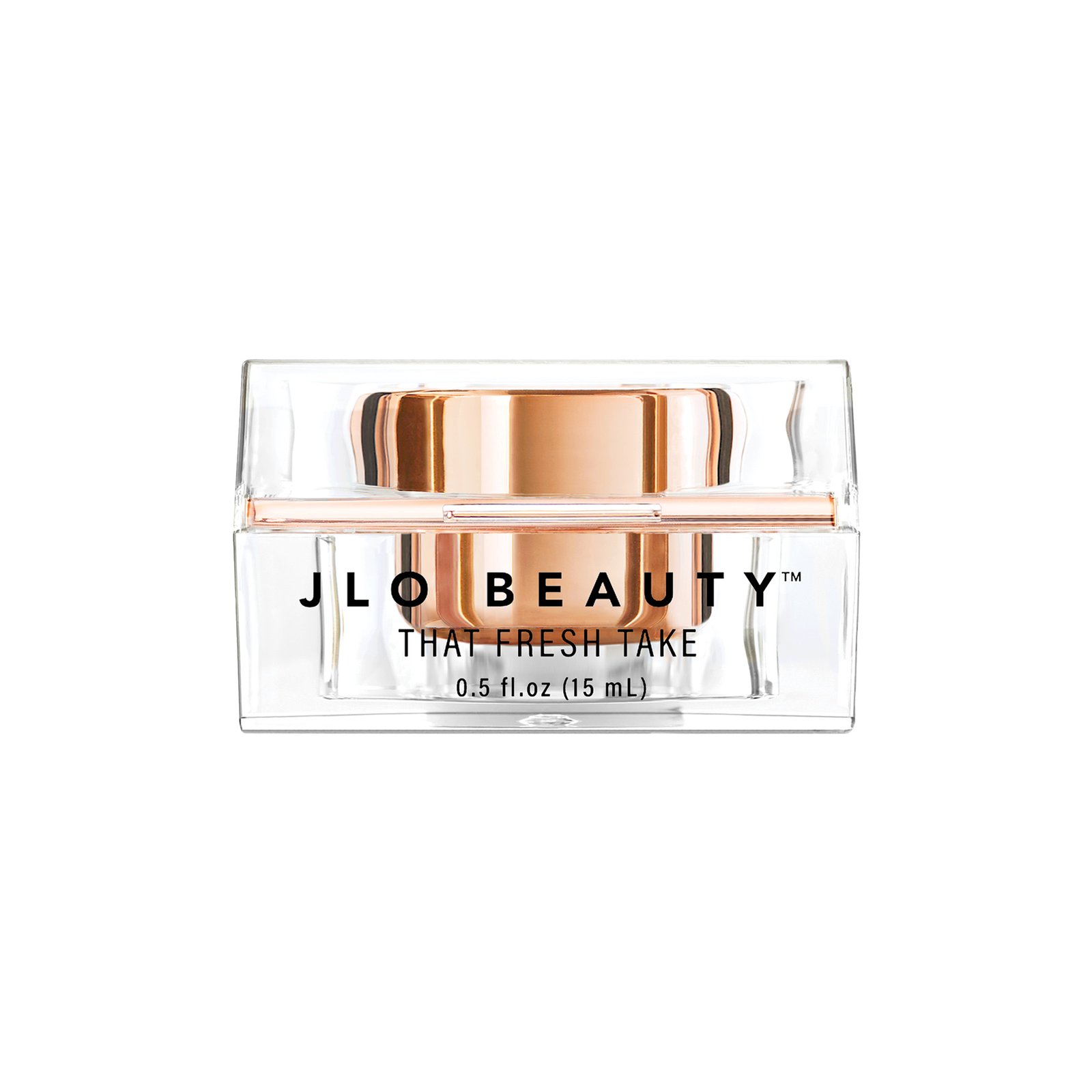
Have you noticed your hair is thinner than 30 years ago? If so, you’re not alone.
By middle age, most people’s hair becomes finer as the diameter of individual hair follicles, and the hair they produce, decreases. At the same time, when hairs fall out at the end of their life cycle, a higher percentage of follicles remain in their resting phase rather than reactivating to generate new hair.
Of those that do reactivate, the hair they produce tends to have a shorter lifecycle so it becomes increasingly difficult to maintain a longer hairstyle.
So, by the time you reach your 60s, most women are likely to have thinning hair, with less body that looks better when it is cut short.
A few lucky individuals will retain a full head of long, thick hair – although the hair they wear may not be their own!
The good news is that several diet and lifestyle changes can help your hair grow more thickly. And, if all else fails, your hairdresser can offer some options, too.
Why is Thinning Hair in Women Such a Challenge?
Each of your hair follicles goes through a cycle of hair growth, during which the hair lengthens, followed by a resting phase, in which the hair follicle shrinks and the bulb pulls away from the root. The hair then remains at a constant length until it loosens and falls out.
Because each hair has its own cycle, you normally lose between 80 and 100 scalp hairs per day. If daily losses are greater than this, gradual thinning occurs, especially in later life when hair growth also slows.
After the resting phase, the follicle may reactivate to produce a new hair, but this cycle does not repeat indefinitely. On average, each hair follicle reactivates around 25 times before it switches off, or produces hair that is increasingly wispy and short.
The way your hair changes with age depends partly on the genes you have inherited. It is also impacted by changing hormone levels around the time of the menopause, as well as, your diet and lifestyle.
Why Does Hair Turn Grey?
Your hair color is produced by cells at the base of each hair follicle. These cells make melanin pigments and feed these through to the hair root.
The pigment color you produce is genetically determined. Red melanin makes your natural hair color a gold, auburn or red. Black melanin produces hair that is brown or black. Pale melanin, which is concentrated in the spongey core of the hair shaft, rather than the outer cortex, causes your natural color to be more honeyed or blonde.
Hair turns grey due to an age-related decrease in the activity of an enzyme called tyrosinase. This enzyme produces melanin from an amino acid called tyrosine.
The age at which your hair loses color is genetically determined and a few lucky people may retain their hair shade throughout life.
If your hair is grey, then some pigment is still present within the hair. If your hair is totally devoid of pigment, it becomes transparent and reflects light to appear snow white.
Can Hair Turn Grey Overnight?

Stress can cause the lifecycles of different hair follicles to synchronise and enter their shedding phase (telogen) together. This results in hundreds of older, more pigmented hairs falling out at the same time, to produce a rapid, noticeable thinning. What remains are the finer, less pigmented hairs in the earlier stages of their current life cycle which suddenly become more noticeable.
This phenomenon, known as telogen effluvium, can cause someone to look noticeably greyer within a short period of time – the source of tales about someone turning grey from shock overnight.
Here are 10 tips for improving your thinning or graying hair.
1. Make Sure You’re Getting the Right Vitamins for Your Graying Hair
Although hair is a non-living structure, the follicles that produce it contain some of the most active cells in your body. As hair is not an essential structure, however, nutrients that are in short supply are diverted away from the follicles in times of deficiency.
This occurs when blood capillaries supplying your follicles constrict so the flow of oxygen and nutrients to your hair is reduced. This is especially common during times of emotional and physical shock. Poor blood supply also contributes to thinning hair that is dull, lack-lustre and limp.
Lack of vitamin C can cause hair that is misshapen, tangled and brittle, while a lack of vitamin E, or essential fatty acids, causes hair to become dry and lack-lustre.
Brittle hair and patchy hair loss can be a sign of iron deficiency – especially if there are other symptoms of anaemia such as paleness, tiredness and fatigue. Patchy hair loss can also result from a lack of B vitamins, zinc or vitamin D deficiency which lead to disordered hair cycles.
If you’ve noticed loss of the outer third of your eyebrows, or thinning eyelashes, you may have an underactive thyroid gland, which can be associated with a lack of iodine. Premature greying is sometimes associated with a lack of vitamins B5, B12 or a copper deficiency.
Of course, everyone’s body is different, so, it makes sense to check with your doctor if you have any concerns about your health.
2. Give Your Hair the Nutrition it Needs to Thrive
Diet should always come first, so, select whole grains, fruit, vegetables, nuts and seeds, which are a good source of vitamins, minerals and essential fatty acids to nourish your hair roots.

Meats and dark green leafy vegetables are good source of iron. If your hair is thinning, however, then a multivitamin and mineral supplement is also a good idea to guard against nutrient deficiencies.
Before taking supplements, see your doctor to rule out related problems such as iron-deficiency anaemia, malabsorption of nutrients and hormone imbalances, including type 2 diabetes and thyroid problems which may need further investigation.
Garlic has beneficial effects on the circulation by dilating small blood vessels and increasing blood flow to the peripheries such as the scalp and nail folds by as much as 55 percent. Platelet clumping is significantly decreased after a dose equivalent to half a clove of garlic and lasts for three hours. Some of the ingredients in garlic are as potent as aspirin in this respect.
You can also stimulate circulation and increase the flow of nutrients to hair follicles by massaging your scalp regularly with your fingers, at least once a day. Concentrate on areas where your scalp seems tightly bound down to the underlying bone, to help improve any constriction to blood flow.
3. Make Sure You Have Enough (of the Right!) Protein in Your Diet
Hair mostly consists of keratin protein, which is produced using amino acid building blocks obtained from your diet.
To maintain a constant protein supply for your follicles, eat some with every meal, whether it’s poultry, lean meat, fish, eggs, nuts or beans. If you eat a plant-based diet, you may be more prone to thinning hair as some amino acids essential for healthy hair (such as lysine) and micronutrients (such as vitamin B12 and iron) are often difficult to obtain in sufficient quantities without taking a vegetarian-friendly supplement.
Do not skip meals, as this puts your body into survival mode so that the supply of protein and nutrients to hair follicles is reduced.
4. Drink Enough Water
Water is vital for maintaining optimum hydration of hair follicles cells. It also aids the flow of nutrients in and out of cells from the “internal sea” in which they are bathed.
Most guidelines suggest drinking 6 to 8 glasses (250mls each) of fluid (e.g. water, tea and other unsweetened drinks) per day in addition to eating water-rich foods such as soups, cucumber, watermelon and other fruit and veg.
5. Get a Hormone Boost to Reduce Hair-Loss
Hair loss increases after the menopause when oestrogen levels fall. This also increases the relative influence of the small amount of testosterone hormone that is made in the ovaries and adrenal glands.
Testosterone is converted into a stronger hormone (dihydrotestosterone, DHT) in hair follicles which increases male and female-pattern hair loss which is genetically determined.
If you are willing (and able) to take oestrogen hormone replacement therapy, this will help to boost hair quality. Once again, this is something that you can discuss with your doctor.
An alternative approach is to consume more plant oestrogens, especially isoflavones and lignans. Although these are between 500 and a thousand times less active than human oestrogen, they can provide a useful hormone boost. Isoflavones are found in edamame beans, tofu, miso and other soy products, sweet potato, lentils, nuts and seeds.

As well as having an oestrogen-like action, lignans provide an additional benefit by inhibiting the enzyme (5-alpha reductase), which converts testosterone to the stronger dihydrotestosterone (DHT) in hair follicles. Research shows that increasing your intake of lignans (found in pumpkin seed oil, flaxseed oil and sweet potato) are associated with a reduced rate of hair loss and hair regeneration.
6. Consider Using a Caffeinated Shampoo
If you don’t already use a caffeinated shampoo, consider switching to one. Caffeine applied directly to the scalp has two beneficial effects. It relaxes smooth muscle fibres surrounding the hair to improve blood flow. More importantly, it also inhibits the enzyme, 5-α-reductase, which converts testosterone into dihydrotestosterone within scalp hair follicles and which is associated with male and female pattern hair loss.
A growing body of evidence supports the effects of caffeinated shampoos in stimulating hair follicles, and I’ve certainly noticed a dramatic improvement in hair thickness since starting to use one. Just two minutes contact with the scalp during shampooing allows the caffeine to penetrate into hair follicles, where it remains for up to 48 hours after washing.
Leave-on caffeine solutions (which often include vitamins B3 and B5) are also available and have been shown to increase the cross-sectional area of scalp hairs by 10%.
Drinking caffeinated beverages such as tea or coffee does not have the same effect, as the caffeine must penetrate into the hair follicles itself to inhibit 5- α-reductase.
7. Avoid These Foods to Keep Your Hair Healthy After 60
Excess salt is your hair’s number one enemy. Consuming too much has an adverse effect on hair follicles and trichologist have found that cutting back on salt intake can lessen hair loss by as much as 60 percent.
Steer clear of nutrient-poor sugary and fatty treats too – such as donuts, cakes, biscuits and pastries – which do nothing to nourish your hair follicles.
8. Consider These Useful Supplements for Healthy Hair
- A multivitamin and mineral to guard against deficiencies (supplying 100% to 200% of recommended daily amounts, based on your age – select a supplement labelled for age 50 plus, or one tailored for hair, skin and nail support).
- Soy isoflavones (40mg to 100mg daily). If you have a medical history of a hormone dependent condition (such as breast cancer) check with your doctor before taking them although evidence suggests they are beneficial in these cases, too.
- A probiotic will supply beneficial digestive bacteria which may help to increase conversion of soy isoflavones to a stronger oestrogenic version called equol.
- Flaxseed oil is one of the richest dietary sources of lignans.
- Some nutritionists may recommend l-lysine amino acid supplements.
9. Follow This Healthy Hair Lifestyle Checklist
- Avoid excess stress.
- Stimulate the circulation to your scalp with a daily finger massage. Also take handfuls of hair and gentle move the scalp to and fro, and side to side, to loosen tension and promote blood flow.
- Use a shampoo containing green tea caffeine which blocks DHT production and stimulates hair growth. Caffeine also reduces smooth muscle constriction around hair follicles to improve blood flow and nutrient delivery.
- Ask your doctor if you need any tests to assess your thyroid function, to measure your serum ferritin levels to look for iron deficiency, or if any other hormone imbalances are likely.
10. Ask About These Salon Techniques and Olaplex
Ask your hairdresser about a new product called Olaplex, which mends broken disulfide bonds within hair strands. This is applied before or after your usual color or other salon treatment, then neutralised and washed off.
After the first use, I noticed my hair was stronger and more lustrous. After the second application, a month later, my hair regained its sheen and looked healthier (and felt thicker) than since I was in my 30s!
You can also have real hair woven into your own hair to disguise patchy hair loss or thin panels.
If you have found any other product or treatment that has improved your hair health, please let us know in the comments below. Let’s have a chat!





